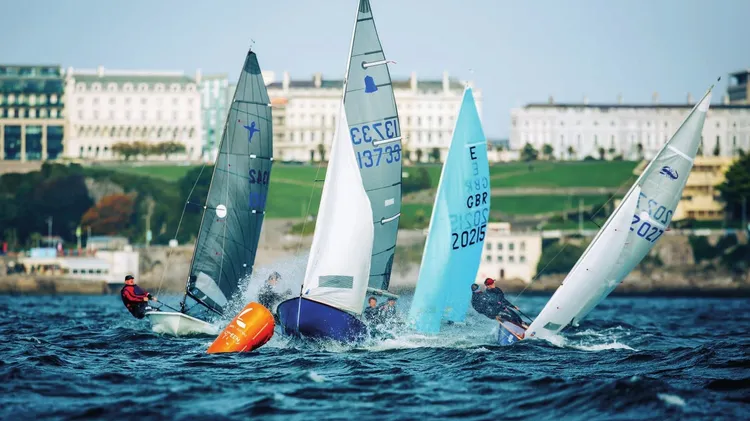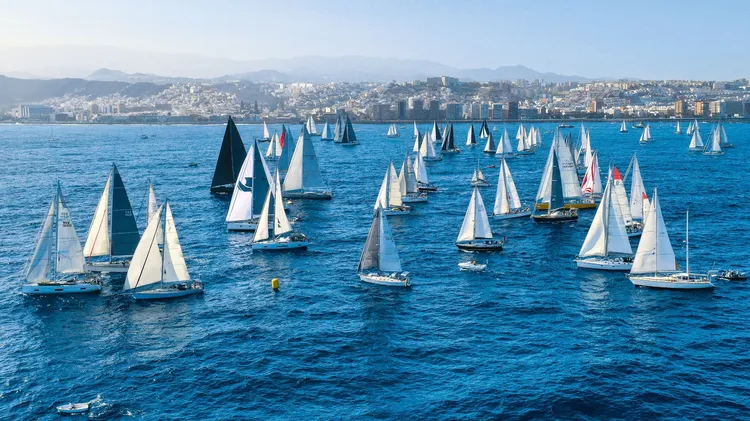The annual Round the Island Race is an institution. Rupert Holmes looks a
Let's go round again
8 min read
This article is from...
Read this article and 8000+ more magazines and newspapers on Readly






